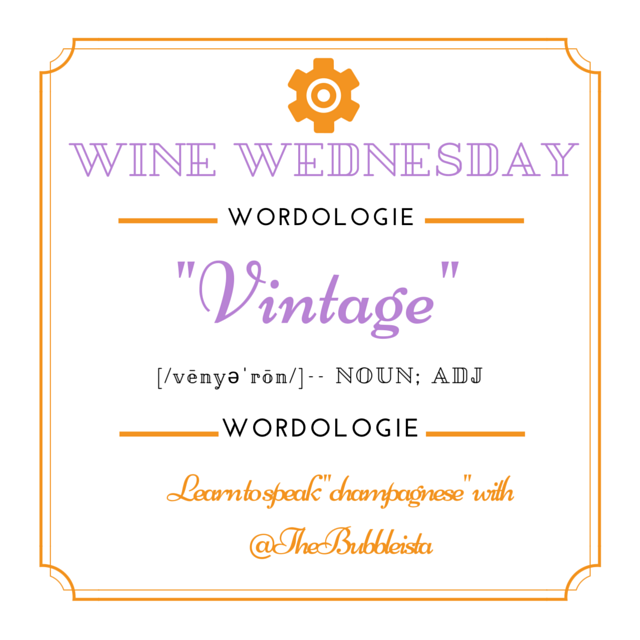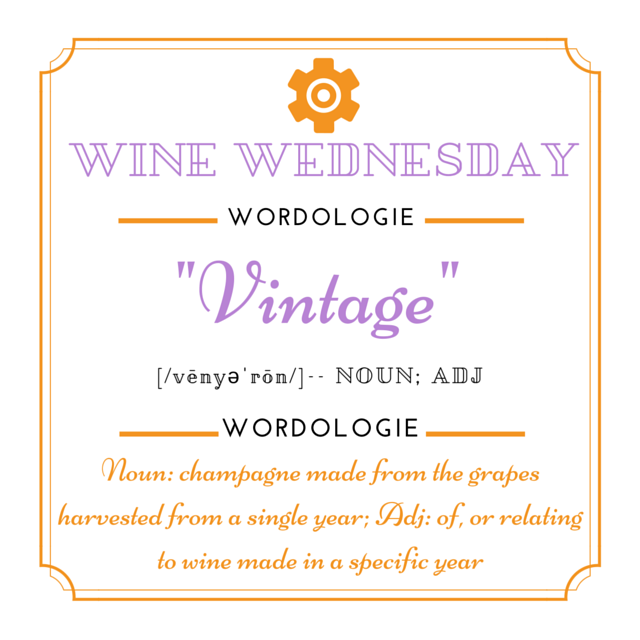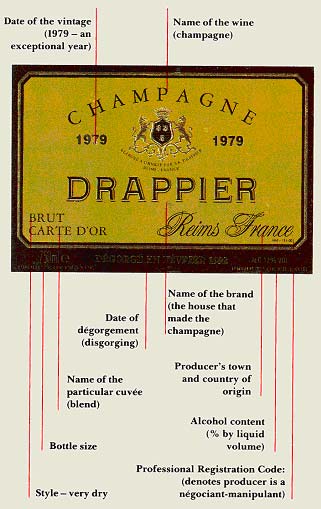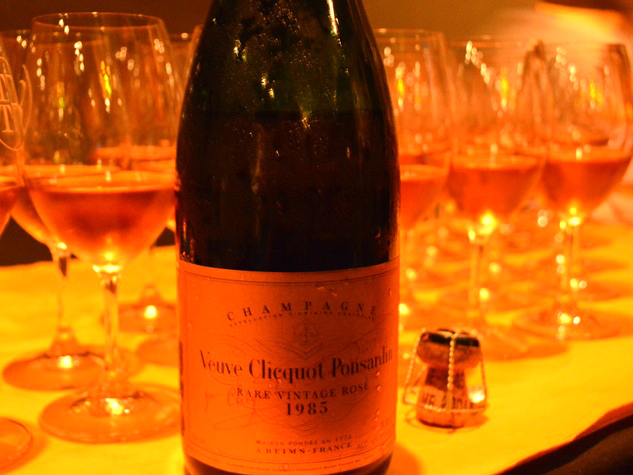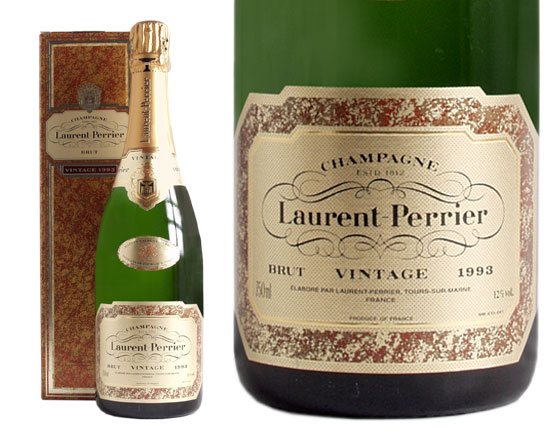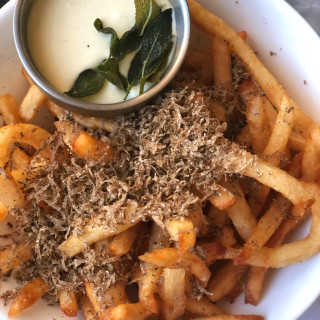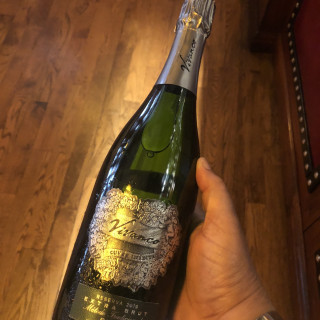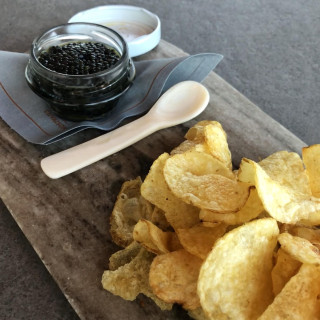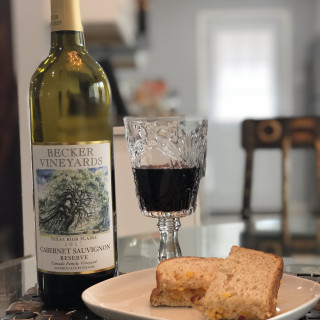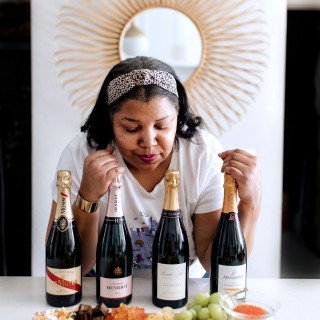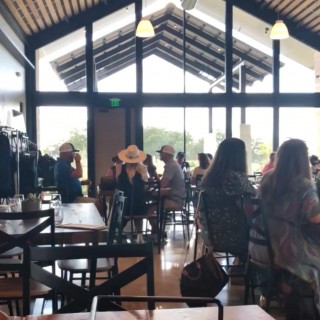Have you ever looked at a champagne label, seen the word “vintage,” and thought to yourself “Why in the world would I want to drink wine that was 20 or 25 years old?”
Couture lovers know that the typical rule is that clothing is considered vintage once it hits the 25-year mark. But we’re talking vino here people, not fashion! Evidently it’s time for another Wine Wednesday Wordologie lesson!
Origin of VINTAGE
Let’s break down the origins of today’s “term of effervescence” for a little fun:
Now back to business! The general perception is that vintage champagnes are superior in quality because most vignerons and wine makers only make vintage champagnes from years that have an exceptionally superior harvest when the growing conditions are optimal and virtually perfect for growing the tastiest grapes. There are no laws that govern which year is determined as vintage years, but rather each champagne house determines on its own whether the weather conditions that year were conducive to producing a Vintage Champagne. Typically only about 10%-15% percent of the total champagne made will ultimately be designated as vintage champagne.
Oftentimes a vintage champagne is perceived to be of intrinsically higher quality than a non-vintage champagne, but in theory, this is not necessarily true. In practice, however, vintage champagnes tend to be made from a stricter and higher quality selection of grapes, thus intended to be made as a higher quality wine than the same producer’s entry-level non-vintage brut. However, some producers will make top-quality champagnes from a blend of multiple vintages—Laurent-Perrier’s Grande Siècle, Krug’s Grande Cuvée or De Sousa’s Cuvée des Caudalies, for example—and these should not be viewed as inferior simply because they lack a vintage date.
Superior or not, I always jump on any opportunity to sip a vintage champagne because I know I’ll never again taste another one exactly like it. Since weather and climate are different from year to year–rain levels; amounts of sunshine; temperature, etc–and are such dynamic and variable forces/factors that have an influence on wine’s taste, no 2 growing seasons are going to be identical. Subsequently, the wines resulting from those growing seasons will never be identical either.
Moral of the story? Always. Drink. The vintage bubbly.
